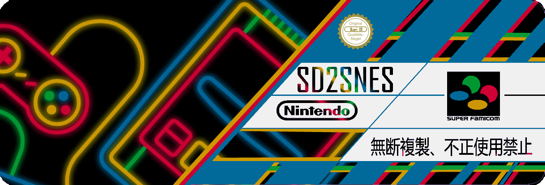
SD2Snes Firmware v0.1.7 status update
Directly from the SD2Snes Homepage:
Here’s what I’ve been working on in the meantime:
- More refactorings of the menu ROM. This will facilitate further UI development (sub-menus etc.)
- NMI+IRQ hook routine – these are required for WRAM cheats and in-game reset. The latter is in working state as of now. I’d like some input on which key combinations would be desirable ;-) (some conflicts can arise with existing SNES mods, see below). There is now a dedicated memory area in FPGA block RAM mapped to $2a00-$2aff which is used for the hook routine and command exchange between a running game and the sd2snes main CPU.
- Game loading handshake between SNES menu and sd2snes CPU – this is a technical prerequisite for error handling (such as missing supplementary files, write-protected SD Card, etc.)
- LED blink codes for file system errors – e.g. in case the SRM file cannot be saved this will tell you that something’s gone wrong. Also the sd2snes will retry saving until it works so you have the chance to swap out the SD Card etc.
- “Screen saver” – the screen is darkened after some idle time to reduce wear on CRT and plasma screens.
- Memory sharing between SNES and the sd2snes CPU is greatly simplified (The FSM is reduced to only 5 states instead of 18) and timing is more relaxed. This should help with stability on a wider range of consoles.
- Fixed some compatibility issues with a number of games. (Super Play Action Football (S-RTC interference), GP1 Part II (WRAM initialization), Human Grand Prix (mapper detection bug))
To do for the upcoming release:
- Cheat management – technical prerequisites for cheats (ROM+WRAM) are met, now to code the GUI for it…
- Finish on-the-fly file browsing
- Decide on key combinations for in-game functions. (en/disable cheats, kill cheat engine, reset game, reset to menu)
About key combinations:
I wanted to use combinations that don’t interfere with my SNES IGR mod. This mod uses L+R+Select in combination with Start, A, B, X, or Y to perform different operations. In that scenario I still had the four directional buttons left to put other functions on. However :D With borti4938′s release of the feature-enriched uIGR these are now taken.
So far this is my new proposal for key combinations (UPDATED 2014-06-24):
- L+R+Select+Start = Reset game
- L+R+Select+X = Reset to sd2snes menu
- L+R+Start+B = Kill in-game routines (in case they interfere with game operation).
- L+R+Start+A = Disable cheats
- L+R+Start+Y = Enable cheats
Updated to reflect some of your suggestions. Already looks better to me. I steered clear of L+R+Start+X because it’s similar to L+R+Select+X. ;)
source: sd2snes.de
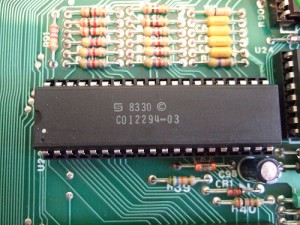 ASAP is a player of 8-bit Atari music for modern computers and mobile devices. It emulates the POKEY sound chip and the 6502 processor.
ASAP is a player of 8-bit Atari music for modern computers and mobile devices. It emulates the POKEY sound chip and the 6502 processor.
The project was initially based on the routines from the Atari800 emulator, but the current version has a completely new original emulation core.
Changelog ASAP 3.2.0 (2014-06-23):
- Reduced amplitude by half to avoid clipping on loud tunes.
- Silence detection regarded GTIA and COVOX sounds as silence.
- asapconv supports conversion to one WAV/RAW/MP3/XEX file per subsong.
- File Information window in the foobar2000 plugin.
- Updated the XBMC plugin for the new XBMC.
- OS X VLC plugin no longer requires OS X 10.8.
Android changes:
- Android 4.4 can now read the memory card.
- Switch to the next song when the current one ends.
- Playback couldn’t be resumed after a while of pause.
- Search files using on-screen keyboard.
- Removed HTTP playback.
- Files with duplicate titles were lost in the details view.
Download: ASAP v3.2.0 (1474)
source: asap.sourceforge.net
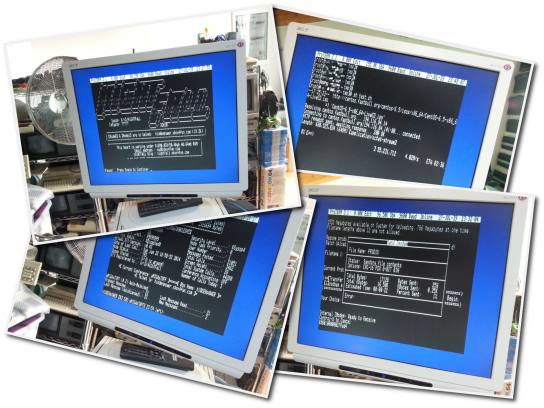
Apple IIgs ProTERM 3.1: Serial Console & Telnetting BBS.
Download: ProTERM v3.1 Intrec Software (1082)
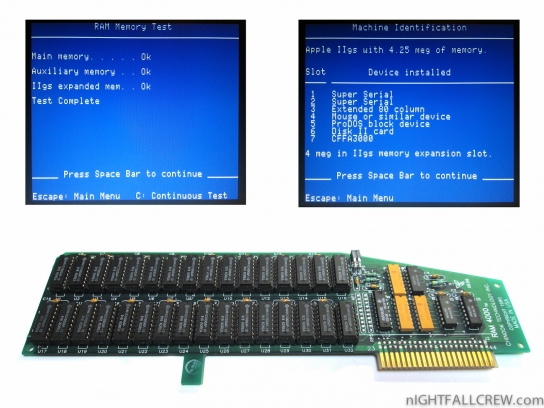
Chinook Technology RAM 4000: All 4 banks filled for a total of 4Mb.
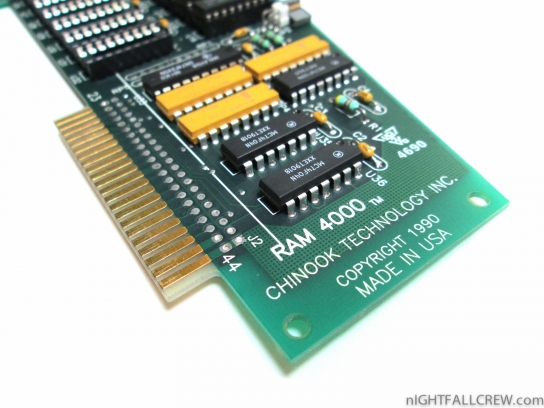
Gallery:
Apple IIgs Memory Expansion Card. This card has 4 memory banks with a total capacity up to 4Mb (only two banks is presently populated for a total of 2Mb).
The ram that are used for this expansion memory are DRAM HY51C1000LS-10/KM41C1000AP-10.
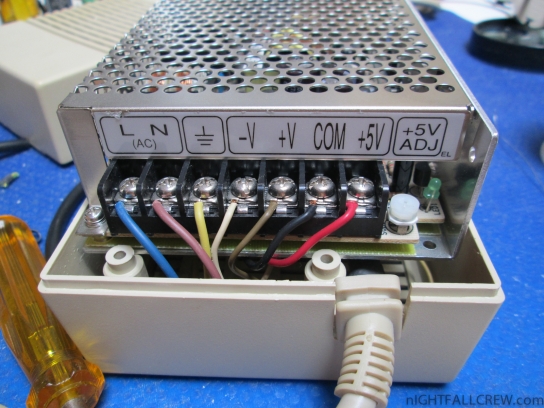
Gallery:
This is a full replacement of the power supply of the Amiga 500 with a similar one of the last generation. This type of switching power supply fits perfectly inside the case of the original psu.
The repair will not be made because this psu is very common at very low prices, i don’t waste even a second to find the multiple faults, i prefer devote to other things less common.
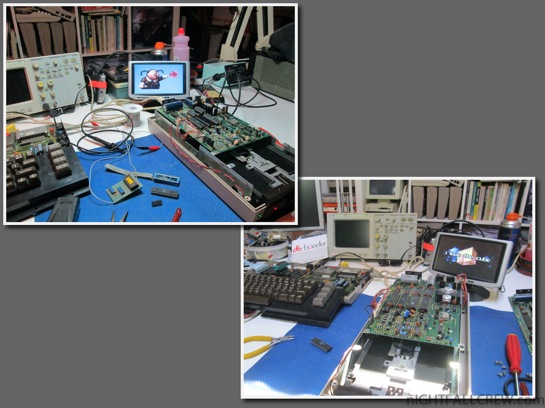
Commodore Floppy Drive 1541 Motherboard #1
Defect:
Replaced parts:
- Replaced 1 x VIA 6522 (UC3)
Commodore Floppy Drive 1541 Motherboard #2
Defect:
Replaced parts:
- Replaced 1 x VIA 6522 (UC3)
- Replaced 1 x 7414 (UA1)
- Replaced 1 x 901229 ROM (UB4)
Removed parts:
- SpeedDos adapter with the flat cable (user port bus) cutted.
- SpeedDos ROM Adapter.
Sinclair QL #1 Repair
Defect:
- White Screen (RAM problem)
Replaced parts:
Note:
I took the opportunity to install the Minerva Rom v1.98 to identify the faulty ram. Thanks to the Minerva ROM i have identified 2 of 3 Ram failed.
- Ram Location $1F340 (IC9)
- Ram Location $3D040 (IC10)
- Ram Location $30910 (IC16)
Sinclair QL #2 Repair
Defect:
- White Screen / Black Screen / Garbage Screen / Annoying Background Sound
Replaced parts:
- Voltage regulator (7805) fault. In input we have 9v and in output 9v instead of 5v.
Note:
Incredibly nothing is exploded ;-D
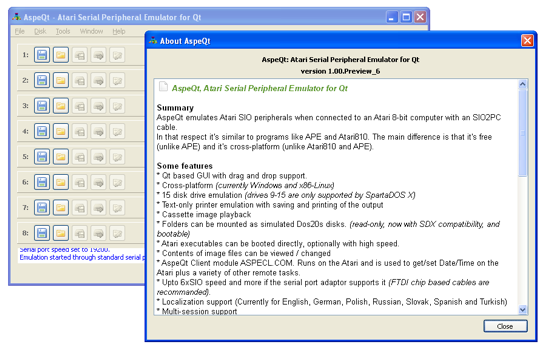
AspeQt is a cross-platform, free and open source Atari 8-bit serial peripheral emulator. The name is an acronym for Atari serial peripheral emulator for Qt, Qt being the cross-platform application development framework used by AspeQt.
AspeQt emulates various Atari 8-bit peripherals like disk drives and printers via an SIO-2-PC cable. If you are familiar with software like Sio2Pc, APE, Atari810, AtariSIO etc., you probably won’t have any problems getting used to AspeQt.
Even though AspeQt is not fully mature yet, it is easy to use and, despite its shortcomings, has many features that you may find useful, the highlights being:
- Cross-platform GUI with drag and drop support.
- 15 emulated disk drives with support for 512 bytes per sector disk images.
- High speed operation up to 6 times faster than the normal speed (With compatible OS / DOS)
- Ability to use PC folders as emulated disks.
- Disk image explorer for viewing and modifying disk image contents.
- Ability to run Atari executables directly without using disc images and Doses.
- Printer emulation with preview and ATASCII support.
- Cassette image playback with custom baud rate.
- Ability to save and restore AspeQt sessions with its UI settings..=
- Normal and mini UI modes.
Version 1.0.0 Preview-6 (May 23, 2014) (Ray Ataergin):
- Windows registry entries for AspeQt are now stored under “atari8warez.com” registry tree, the program will automatically migrate settings on the next run. Existing AspeQt session files storing session settings are not affected by this change
- Code needed to compile AspeQt under Mac OS X is added (David Voswinkel – optixx) (see compile.rtf file included with the source archive)
- Folder images are now emulated in DOS 2.5 disk format rather than DOS 2.0 This gives more unique sector numbers to work with before they are re-used in a circular fashion.
- Fixed the “Not a binary file” error loading certain executable files.
- Text conversion is now OS platform aware (Win, Linux, OS X)
- Explorer Window Stay-on-top feature is now user selectable and persistent across sessions.
Download:
source: aspeqt.sourceforge.net

This is the official demo party results from Flashback 2014 (Top 3 Entries only). See also the CSDB Flashback 2014 section for more informations and download.
C64 Demo:
- Eclectic by Onslaught
- Rog by Funkentstört
- Flashback by Software of Sweden
C64 Music:
- Klotokok by iLKke
- eXTRATERRESTRic sYMPHo by dEViLOCk
- Cloudy Days by Gaetano Chiummo
C64 Graphics:
- Nature by JS
- Abstract Mutualism by Slayer Grafix
- The Procurement of the Crimson Skull by iLKke
Download: Flashback 2014 full Party stuff (1179)
source: csdb.dk defame.com.au/home
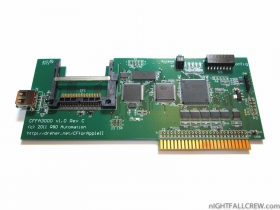
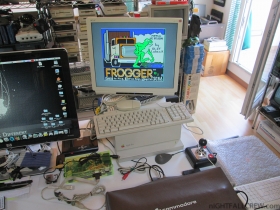
First of all, I must thank my dear friend Andrea for helping me financially to purchase this interface (one of the last pieces of the third batch).
Unboxing R&D Automation CFFA3000:
This is a CompactFlash / USB flash drive interface for Apple II family of computers.
Specifications:
- Support 1 to 13 partitions under ProDOS and GS/OS, and 2 virtual floppy drives
- Virtual Floppy image support allows the use of almost any non-copy-protected floppy disk image, including .dsk, .2mg, and .nib files. Note: .nib files of protected floppies will not work with the CFFA3000
- Allows storage of thousands of floppy and smartport disk images
- User configurable partition count
- Boot from either device and any partition
- Allow booting from Dos3.3, Pascal, CPM, Contiki, ProDOS or GS/OS directly from the Interface card (for a floppy-less system)
- Configurable as a CFFA smart port controller (i.e. a mass storage device) or as a floppy controller, or both. When configured as both, requires 2 slots in your Apple II, one for the physical card, and one for the virtual floppy controller.
- Hardware supports DMA, although v1.0 software does not currently support DMA. Future support is planned, but not guaranteed.
Apple IIgs through the GBS 8200 v4:
Apple IIgs through the GBS 8200 v4 (display scalar board) to a VGA Monitor.
The cable that i have made takes from the Video Connector of the Apple IIgs the 12v voltage for the GBS 8200.
Schematics:
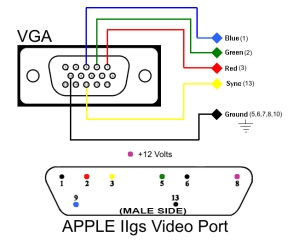
Video Demostration of CFFA3000 through the GBS 8200:
source: CFFA3000 Homepage
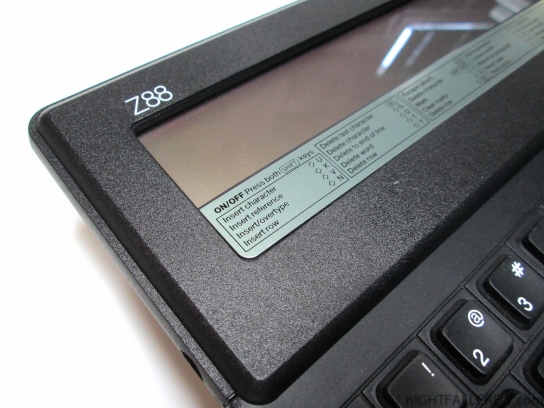
I thank my dear friend that gave me the Z88 Cambridge Computer.
Autopsy:
The Cambridge Computer Z88 is an A4-size, lightweight, portable Z80-based computer with a built-in combined word processing/spreadsheet/database application called PipeDream, along with several other applications and utilities, such as a Z80-version of the BBC BASIC programming language.
The Z88 evolved from Sir Clive Sinclair’s Pandora portable computer project which had been under development at Sinclair Research during the mid-1980s. The machine was launched at the Which Computer? Show on 17 February 1987.
The Z88 is a portable computer weighing 0.9 kg, based on a low-power CMOS version of the popular Zilog Z80 microprocessor. It comes with 32 KiB of internal pseudo-static RAM and 128 KiB of ROM containing the operating system (called OZ). The memory can be expanded up to 3.5 MiB of RAM, the contents of which are preserved across sessions. An integrated capacitor prevents the Z88 from losing its data for the limited amount of time it takes to change the batteries.
The machine uses a membrane keyboard, which is almost silent in use; an optional electronic “click” can be turned on to indicate keystrokes. The Z88 is powered by four AA batteries, giving up to 20 hours of use. It has three memory card slots, which accommodate proprietary RAM, ROM or EPROM cards, the third slot being equipped with a built-in EPROM programmer. Card capacities range from 32 KiB to 1 MiB.
The Z88 has a built-in eight-line, “super-twisted” LCD display, which has greater contrast than conventional twisted nematic LCDs.
source: wikipedia
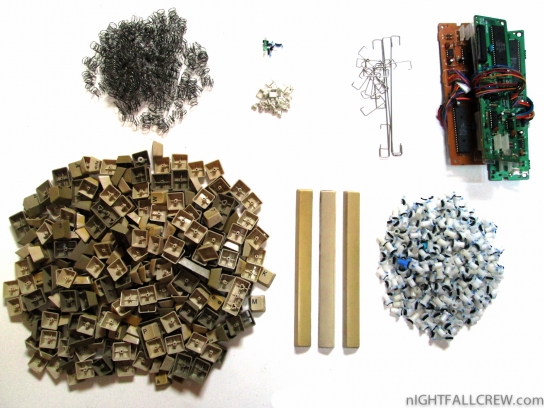
Commodore A500 Keyboard: Keep the useful things from the useless things.
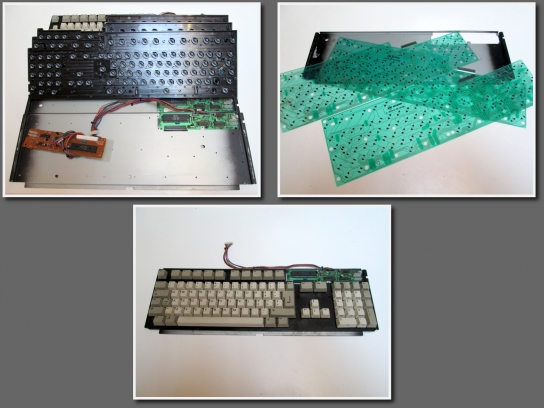
Commodore Amiga 500 Keyboards Join & Fix.
Unfortunately from five keyboards i have made only one in a good shape and full working.

 ASAP is a player of
ASAP is a player of 









































































Recent Comments